Associate Professor, Dr. Tran Tan Van is the former Director of the Institute of Geological Sciences and Mineral Resources. He has extensive experience in implementing world heritage and UNESCO global geopark dossiers, most recently the dossier of the Yen Tu - Vinh Nghiem - Con Son and Kiep Bac Scenic Landscape Complex. Reporters from the Quang Ninh Provincial Media Center interviewed him about the values of Yen Tu, especially the landscape, geology, geomorphology and biodiversity values of this blessed land.

- Hello Associate Professor, Dr. Tran Tan Van. In terms of landscape location and natural conditions, Yen Tu is considered the "bloodline" of Dai Viet nation. Can you explain this statement more clearly?
+ Under the Tran Dynasty, the territory of Dai Viet basically included the entire present-day northern region and the southern region to Thanh Hoa and Nghe An . If we draw a circle with the center at the Imperial Citadel of Thang Long, there would be a radius connecting from Thang Long to the Yen Tu - Mong Cai region, which geographers and geologists call the Dong Trieu arc. This arc not only includes mountainous areas but also lower areas such as plains, rivers, coastal areas, and very large islands.
Along that arc, from ancient times to the present, there has been a road running along the foot of the mountain, parallel to the river, which in each section we call by a different name such as Day River, Kinh Thay River, Da Vach River, Da Bac River, Bach Dang River. This is the shortest road from the sea to Thang Long Imperial Citadel. Many famous historical battles also took place here on Bach Dang River. Therefore, Yen Tu is considered the "bloodline, artery, backbone" of Dai Viet.
- Was it because of that location that Buddhist King Tran Nhan Tong chose Yen Tu as a place to practice?
+ After the war against the Yuan-Mongol army, the Buddha King passed the throne to his son and became a monk, choosing Yen Tu as a place to practice. Besides the reason that Yen Tu is a blessed land, another reason, in our opinion, is because this is a strategic area for national security and defense. Here, many observation and monitoring stations, traffic and communication stations, and early warning stations can be placed to protect national security. On the other hand, religious centers on the Yen Tu range also play a role in attracting people to settle down and live here, making this land develop more strongly.

- It is known that you are the head of the project "Research on the characteristics, geological values, geomorphology and biodiversity of Yen Tu" to complete the world heritage dossier for this relic complex. What new discoveries have you made during the research process, sir?
+ We have researched for 2 years 2021-2022 and completed reports to identify and evaluate the outstanding geological, geomorphological and biodiversity characteristics and values of Yen Tu. Thereby, building a database system with maps, drawings, diagrams, etc. The process of researching the remaining geological traces has helped us confirm that this area has many geological and geomorphological tectonic features that represent the characteristics of a cultural landscape that has evolved organically to this day, showing people's respect for nature.
Geologically, the Yen Tu mountain range, or more broadly the Dong Trieu arc, has a long and complex geological evolution history with a development process of nearly 500 million years, forming many types of soil and rock. In the past, volcanic eruptions, sea encroachment, sea recession and major changes in rivers and deltas also took place here. However, the most special feature of the Yen Tu area is the arc-shaped fault activities that help determine the shape of the Dong Trieu arc and prehistoric people settled very early in this area with three prominent cultures: Soi Nhu, Cai Beo and Ha Long. It proves that, despite the diverse and complex geological process, the geographical and landscape conditions and biodiversity here are basically very favorable for people to live and develop.

- You just mentioned that Yen Tu is an organically evolving cultural landscape, demonstrating human respect for nature. Specifically, how is this demonstrated?
+ That is uniquely demonstrated through the tradition of using the territory, from the highlands to the river deltas, seas and islands of people in this area, knowing how to live in harmony and sustainability with nature, making full use of the characteristics of nature for the goals of socio-economic development, spirituality, cultural exchange and interaction, trade, security - defense... of the country. It is easy to see that the main pagodas, tombs and towers in Yen Tu are mainly distributed at an altitude of 400-600m, places with flat surfaces. As for areas at higher altitudes, where landslides are likely to occur, the density of relics is not much.
Yen Tu nature is still quite well preserved with Yen Tu National Forest on the southern slope and Tay Yen Tu Nature Reserve (Bac Giang province) on the northern slope. Both of these reserves still retain biodiversity with many species of flora and fauna endemic to the Northeastern mountains of Vietnam. This proves that Yen Tu area still retains rich vegetation, demonstrating the awareness of people in this area to live in harmony with nature, protect and respect nature.

- The nominated heritage site of Yen Tu is a cultural landscape in the form of a chain of 20 component relics. Many people wonder why the Bach Dang relic site is included in the component relic clusters of the dossier. What is its role and relevance to Truc Lam Buddhism and the Yen Tu region?
+ Right from the beginning when we started working on this dossier, we thought that the Bach Dang relic complex must be a part of the dossier, although at that time we did not really have a clear picture of it. But during the research process, we increasingly affirmed that this direction was correct.
There is a view that the Bach Dang victory took place in 1287-1288, while Truc Lam Buddhism was only officially born in 1299, making it difficult to confirm the influence of Truc Lam Buddhism on the Bach Dang victory. However, when we delve deeper, we learn that Truc Lam Buddhism "took root and sprouted" in 1225, during the reign of King Tran Thai Tong. And the ideological value of Truc Lam Buddhism influenced the survival of Dai Viet nation, extinguished the Mongol empire's ambition to expand the war at that time, and contributed to maintaining peace in the region and the world. That is the global value of Truc Lam Buddhism.

- During the process of implementing the Yen Tu dossier, surely you and many other scientists had more opportunities to understand more deeply the values of the heritage?
+ That's right. Making a heritage dossier does not mean just compiling documents and writing them, but also investigating, surveying, researching in great detail, organizing international conferences, welcoming a delegation of experts to appraise and defend the dossier at the World Heritage Council... It can be said that it is an all-out battle through which the scientists themselves discover many things.
The Yen Tu dossier was really a challenge, because when we started to work on the dossier, there were still controversial opinions among scientists. The scope of the heritage was wide, and the heritage story was not really clear at that time. However, the good news is that the authorities of the three provinces of Quang Ninh, Hai Duong, and Bac Giang were very determined and in the end, we found a common thread connecting the relic clusters to tell a story of global value and full of persuasion about the Yen Tu heritage.

- Recently, he and Vietnamese experts welcomed UNESCO's International Monuments and Sites (ICOMOS) experts. Field assessment of Yen Tu dossier. How important is this trip in assessing the dossier of Yen Tu - Vinh Nghiem - Con Son, Kiep Bac heritage to become a World Heritage Site in 2025, sir?
+ This field assessment trip plays a very important role, because among the approximately 50 experts reviewing and evaluating the dossier, there is only 1 person who conducts the field survey. They check many details and aspects of the dossier, paying special attention to the conservation, management, zoning and protection of the relic, and short-term and future management plans. We have also prepared very carefully for this assessment and hope that our efforts will bear "sweet fruit".
Thank you for the interview!
Source


![[Photo] Discover unique experiences at the first World Cultural Festival](https://vphoto.vietnam.vn/thumb/1200x675/vietnam/resource/IMAGE/2025/10/11/1760198064937_le-hoi-van-hoa-4199-3623-jpg.webp)









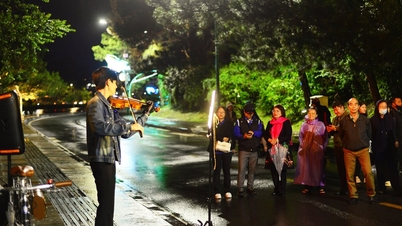


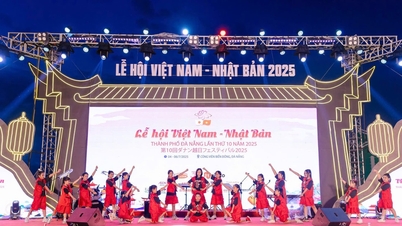




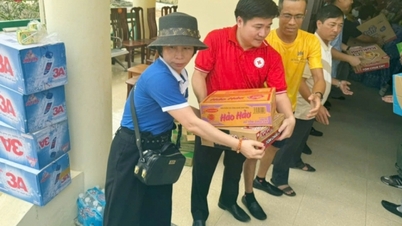

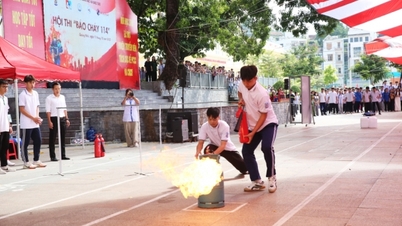






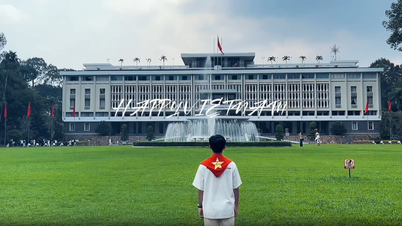
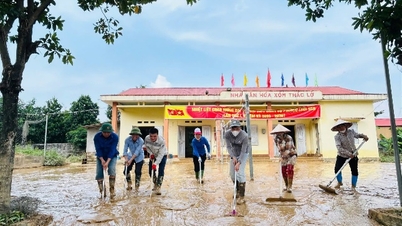
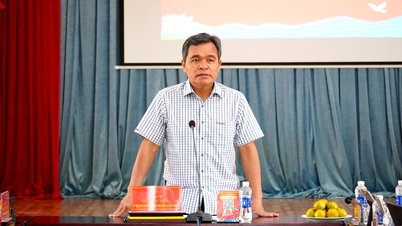
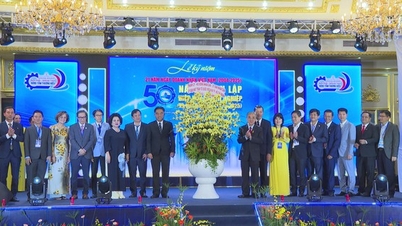

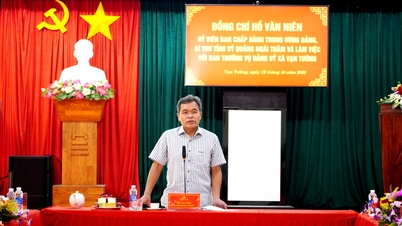

![[Photo] General Secretary attends the parade to celebrate the 80th anniversary of the founding of the Korean Workers' Party](https://vphoto.vietnam.vn/thumb/1200x675/vietnam/resource/IMAGE/2025/10/11/1760150039564_vna-potal-tong-bi-thu-du-le-duyet-binh-ky-niem-80-nam-thanh-lap-dang-lao-dong-trieu-tien-8331994-jpg.webp)




























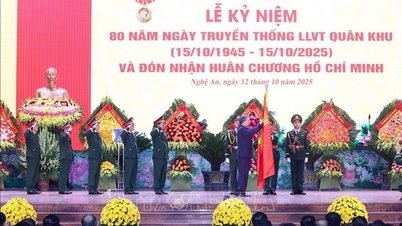

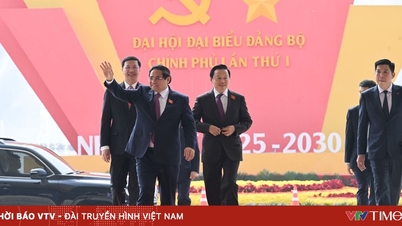


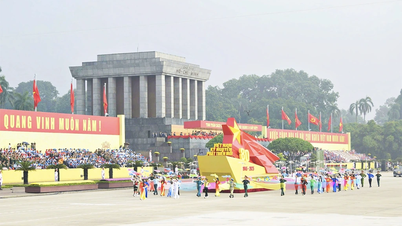
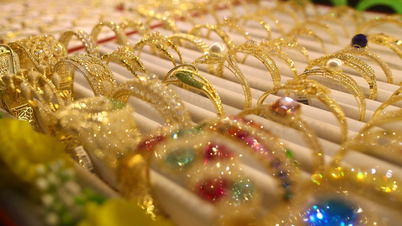
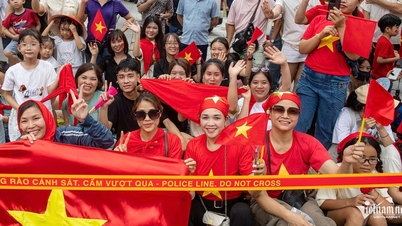

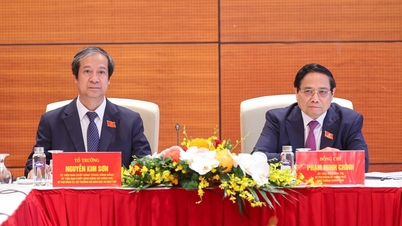




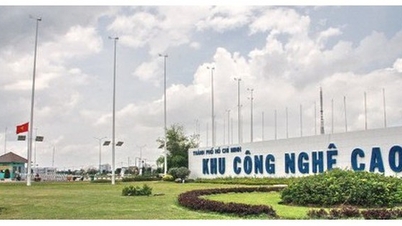
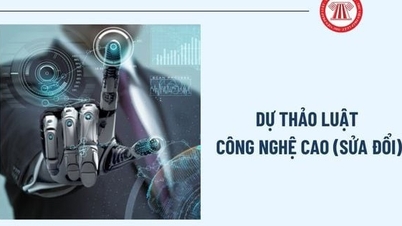

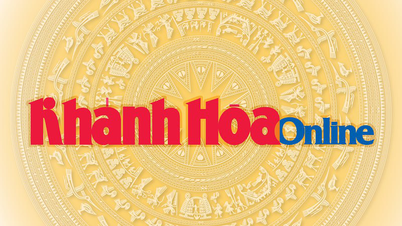



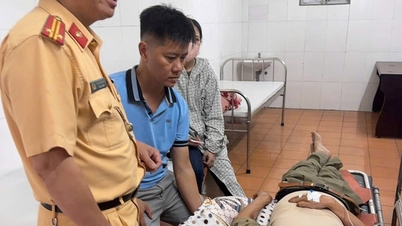
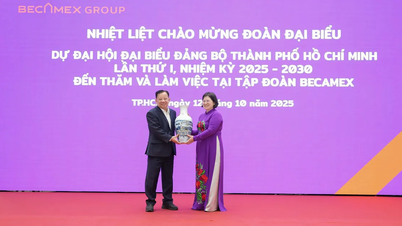

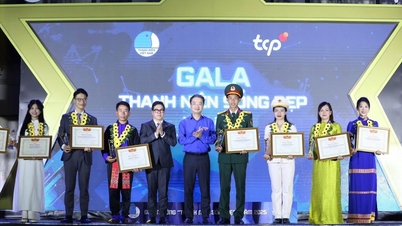















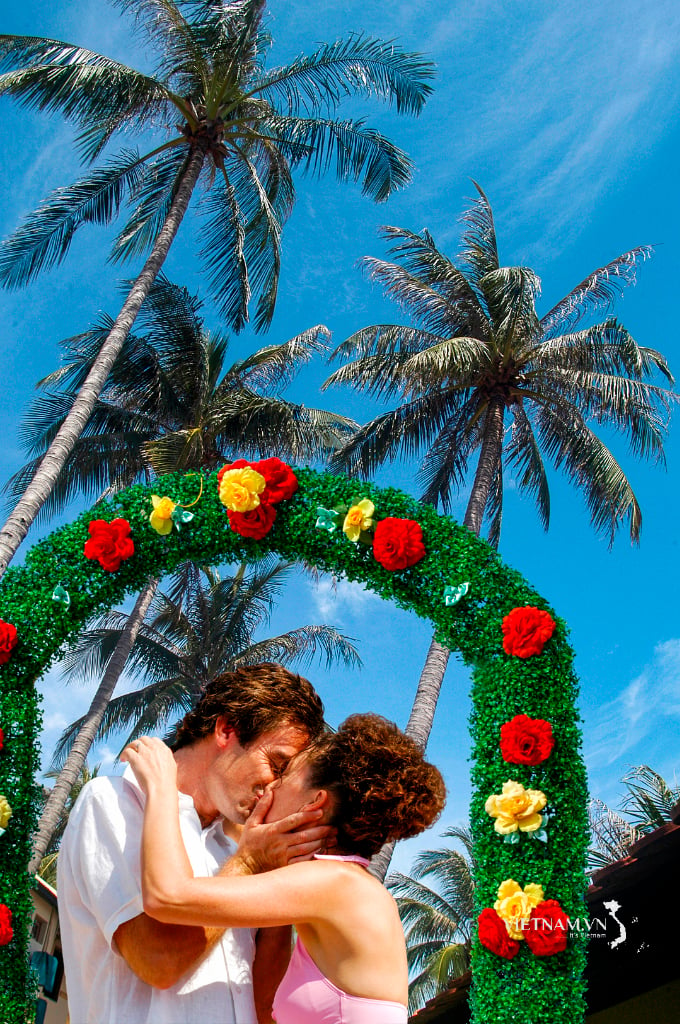

Comment (0)